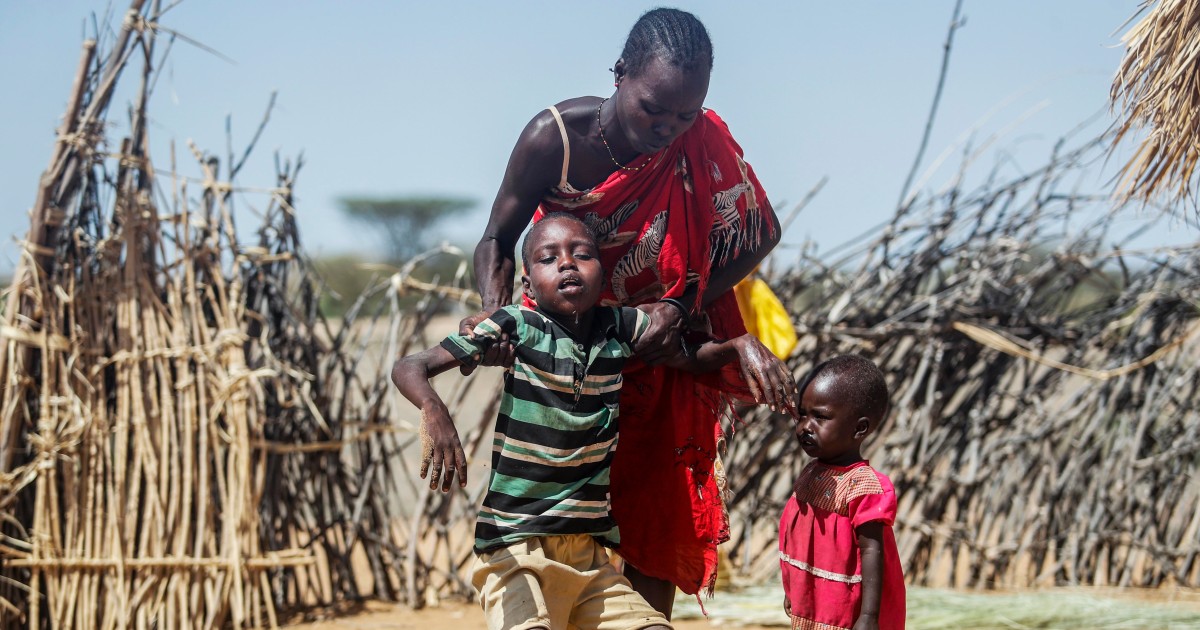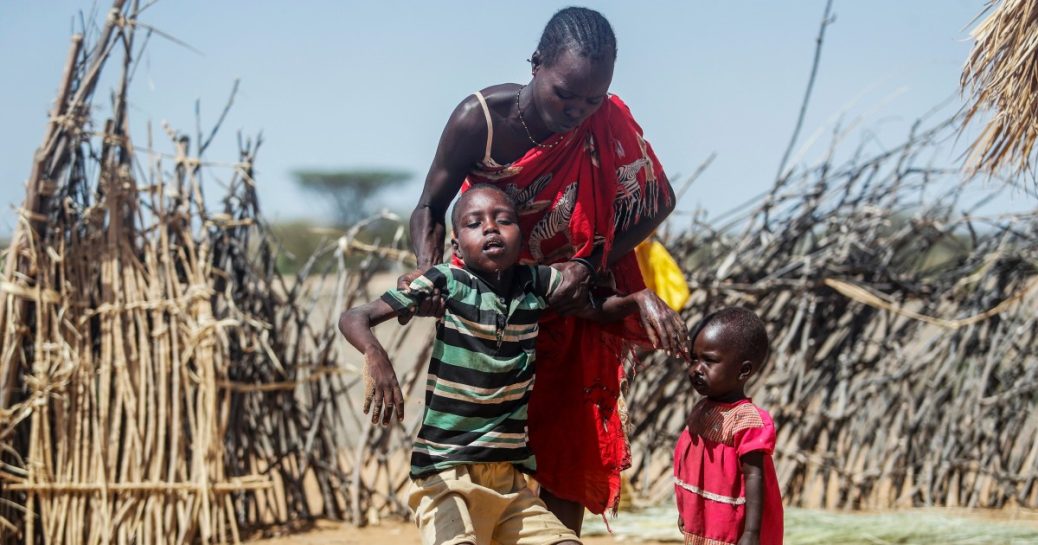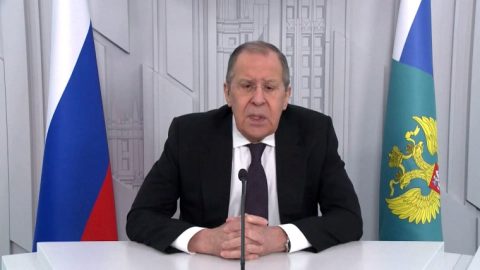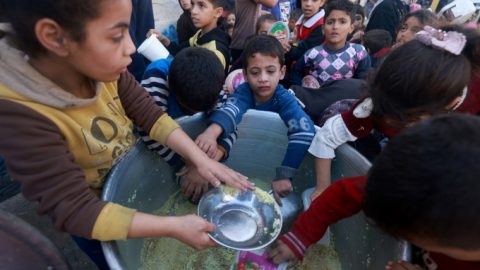
In addition to diverting the attention of governments and the public, there is mounting evidence that the war in Ukraine will worsen crises around the world, siphoning off development aid while causing the prices of some goods to spiral.
Daniel Maxwell, the Henry J. Leir professor in food security at Tufts University’s Friedman School of Nutrition Science and Policy, said the war was adversely affecting countries already struggling to deal with the spiraling cost of wheat and maize, or corn.
“The invasion of Ukraine has had all these knock-on effects in terms of price and therefore makes all of those crises more severe because they’re all food-importing countries,” he said.
“With all the attention in the media and the sort of geopolitical priorities that Ukraine comprises, the amount of additional assistance for other parts of the world, I think, is going to be pretty constrained,” Maxwell said. “We should be able to think about two problems at once. But I’m not sure that there’s evidence that we’re fully doing that.”
In Yemen, a conflict has raged since a Saudi-led coalition of Persian Gulf states launched an assault on Houthi insurgents in 2015.
The already impoverished nation has endured hunger, disease and poverty ever since.
“Many families haven’t seen fruit or vegetables in months, meat for even longer,” said Sukaina Sharafuddin, a Yemeni aid worker. “I met a mother with five children, and I asked her what she feeds them. She said some days she just boils water with spices and they drink that as there is no food for a proper meal.”
Mardini warned that essential services, such as health care and sanitation, “are on the brink of collapse” across the country.
A U.N. fundraising conference for Yemen in March drummed up pledges of $1.3 billion in humanitarian assistance. Although that was welcomed by organizers, it amounted to less than a third of what the U.N. says is needed, making 2022 the sixth year that Yemen’s aid response has not been fully funded.
In March, the Disasters Emergency Committee, a British aid agency coalition, launched an appeal for Ukraine that raised $240 million in its first two weeks. The equivalent appeal for Yemen, in December 2016, raised $36 million.
Sharafuddin said the disparity in public fundraising was due to people in donor nations “feeling more connected to what’s happening in Ukraine.”
“When they hear about Yemen, they focus on the political coverage, which worries or scares them,” she said. “The reality is that underneath all this it is real people who are the victims. My opinion, as a Yemeni and as a mother, is that if governments got involved, this could all end tomorrow.”
The humanitarian community has long struggled to hold public attention on crises that drag on interminably, such as Syria’s civil war, which just entered its 11th year.
Whether it is because of donor fatigue or a lack of media coverage, audiences are increasingly struggling to keep their attention on multiple disasters at once, said Rebecca Rozelle-Stone, a professor of philosophy at the University of North Dakota.
She said the advent of 24-hour news and social media has inundated people with information that may or may not be relevant to their interests, squeezing their bandwidth and effectively “training us to skip around from one issue to the next.”
“That’s not to mention the emotional and mental psychological capability to sort out and to feel effective in responding to these multiple crises. Many are on a global scale,” Rozelle-Stone said. “Many of us in our local context feel powerless to even begin to address something like what’s happening in Ukraine.”
Nor are the media necessarily equipped to deliver coverage of ongoing disasters.
Susan D. Moeller, a professor of media and international affairs at the University of Maryland and author of “Compassion Fatigue: How the Media Sell Disease, Famine, War and Death,” said news organizations struggle to retain audience interest in long-running events.
“Media don’t cover stasis well. Things that have just broken that we would consider an immediate crisis, whether it’s an earthquake or an assassination, news jumps to cover it,” she said. “By month five or year five in an ongoing conflict, it typically disappears.”
Without readily available coverage, members of the public are far less likely to even be aware of a given humanitarian crisis, let alone pressure their leaders to act on it.
The Horn of Africa is in its worst drought in 40 years, leaving millions at risk of starving. Yet a poll this month commissioned by the charity Christian Aid found that only 23 percent of respondents had even heard of the crisis. By comparison, 91 percent said they were aware of Russia’s invasion of Ukraine.
Abdikarim Mohamed, the regional spokesman for the Red Cross in East Africa, said people in Somalia, Ethiopia and Kenya rely nearly totally on state-backed aid “because people just don’t seem interested” in helping.
“Yes, this issue is not new. Yes, there is donor fatigue,” he said. “But the scale of the problem is now hitting levels where we need governments to focus to try to prevent these people dying.”










Recent Comments